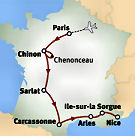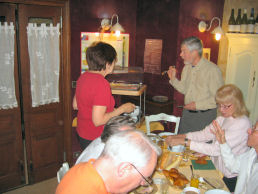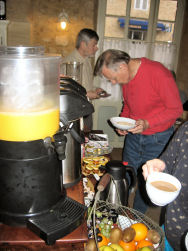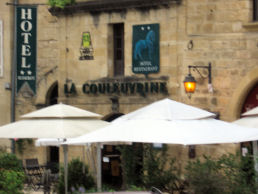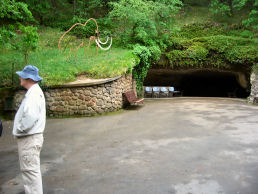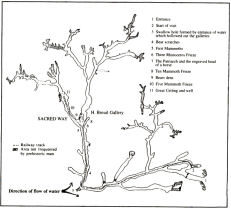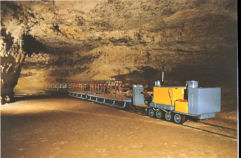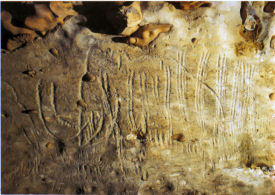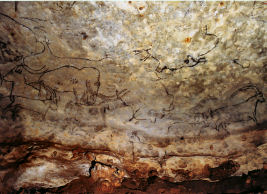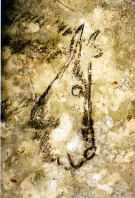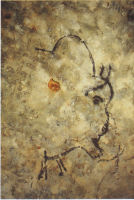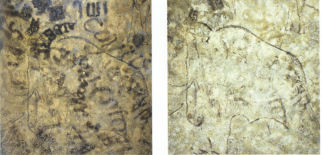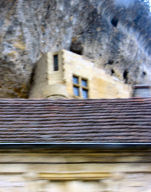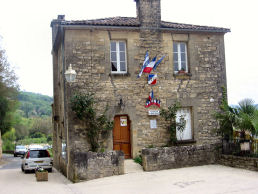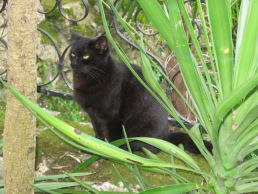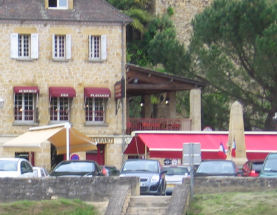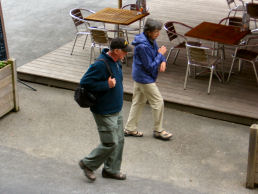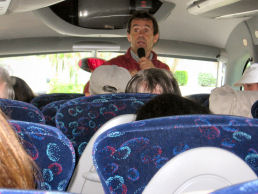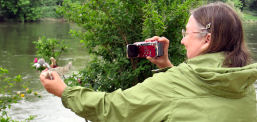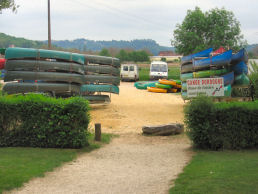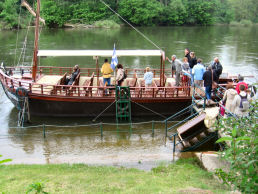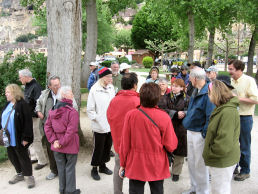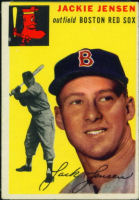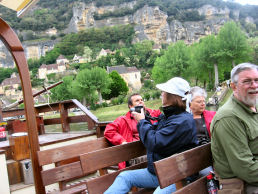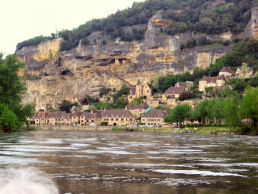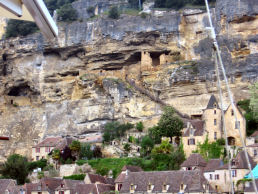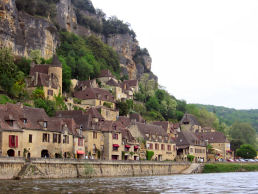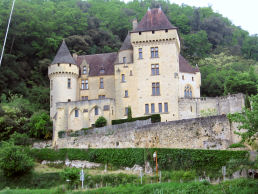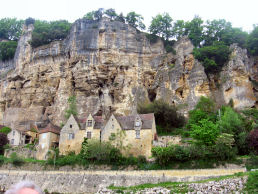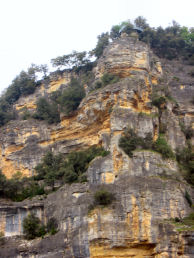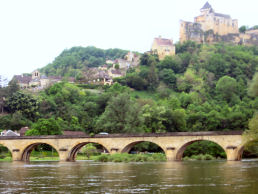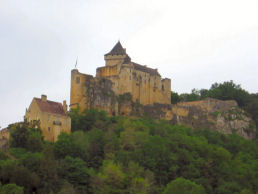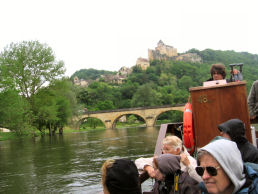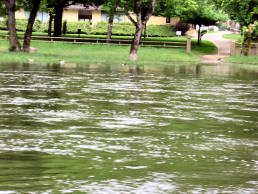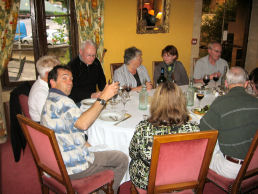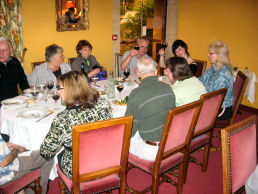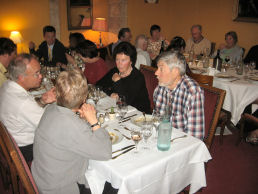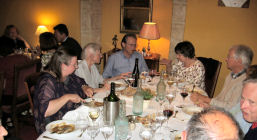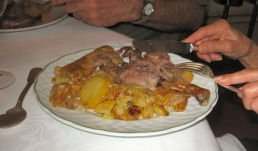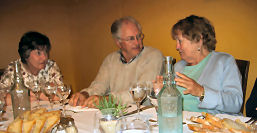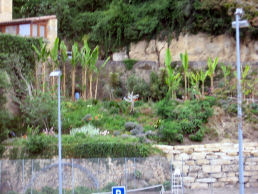My day started at 5:30 when Sue stirred. For the second night in a row I had witnessed extremely vivid dreams. The last one that I remembered featured a basketball game that evolved into a baseball game played in a forest. Left field was on the side of a hill.
I grew bored sitting in the dugout, so I got up and fired up the netbook. By positioning the PC just so on the nightstand, I managed to connect with the wireless network. Weather.com estimated the chance of rain at 50 percent, which was an improvement over the forecast of 60 percent that I had seen the previous day. It was important that the weather hold up. We were scheduled to take a canoe trip down the Dordogne if weather permitted. Evaluations on the web written by many tour veterans had called the canoe trip the “wow moment” of this tour.
I also looked up St. Sacerdos. Evidently there really was such a person. He was the Bishop of Limoges. His relics were supposedly received by the cathedral in Sarlat. I learned that St. Bernard had visited the town in 1147, after the Second Crusade had begun. At the time the town was suffering from a plague. He supposedly blessed some bread and declared that anyone who ate of it would be immune to the plague. Shortly after this the plague subsided. The guidebook said about the asparagus-shaped building devoted to him, “If it feels a bit eastern or Moorish, it is likely because of St. Bernard’s Crusading experience in the Holy Land.” Who came up with such nonsense? St. Bernard was the chief recruiter for the Second Crusade, but he never left Europe. Even if he had, such a fanatic would hardly be likely to impose the architectural predilections of the enemy on loyal Christians. I discovered that the flush on the toilet in our room was weird. It had a button on top of the tank, but pressing it did no good. You had to pull it up.I found a footnote problem in chapter 10 of Stupid Pope Tricks. One of the functions to display an image just had an incorrect parameter. I fixed it on the local version. The Internet version will have to wait until the next update.
I looked out the window. It had rained overnight, and it was still overcast. Aaaaarrrgggh! We could only hope that the clouds had released all their moisture.
The breakfast room was very small. La Couleuvrine made use of every square centimeter of space. It took quite a while to assemble one’s breakfast because there was so little room to maneuver. I sat with Patti and Tom Corcoran. Tom Liddle sat across from me. Brad and Donna sat next to Patti and Tom.
I let Donna know that Joan Rivers and Annie were the finalists on Celebrity Apprentice. She was not surprised. Tom Liddle made the mistake of asking me how I got interested in the popes. I chewed his ear off.Sue never made it down to breakfast.
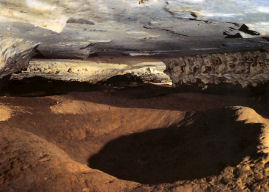
Sue and I boarded the bus and sat together. Amost immediately Mary evicted us from the seats that we had selected so that she could clean the floor. In the process she dropped her sunglasses. I accidentally kicked them back under my seat. I crawled under to retrieve them. I never did learn what this was all about.
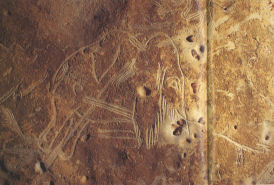
May 8 was celebrated as a holiday in France commemorating the end of World War II. So, the nation had two big holidays within a week of each other, like Christmas and New Years.
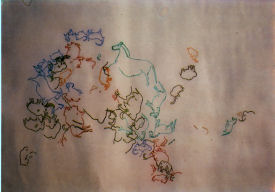
The Périgord seemed much hillier than the Loire valley. In fact, there were sheer rock faces everywhere. Most of the rock was limestone, which, because it was so soft, produced an astounding number of natural caves.
We took the bus through Les Eyzies, the village that served as the focal point of tourism. The primary attractions in the area were the Cro Magnon cave paintings, which have been dated as between twelve thousand and thirty-five thousand years old. The most famous of the caves, at Lascaux, were no longer open to the public. We drove instead to Rouffignac, where one could take a guided tour on a small open-air train into the caves to view drawings on the walls and ceiling that were up to one kilometer from the entrance. Our guide was named Christophe. Patrick had warned us that we might not be able to understand Christophe when he used the microphone, but he was actually quite intelligible. Unfortunately, no photographs were allowed. Jim brought a miniature flashlight with him, but its use, too, was prohibited.Very small stalactites were visible near the entrance, but few or none could be seen thereafter. This was, Christophe explained, because the cave no longer had much water, and in parts of it clay had covered the limestone and sealed it off from moisture.
The caves had been open to the public for centuries, as was evident from the abundant graffiti. The drawings were discovered in 1956. The public was first allowed to see them in 1959.Not very far into the tunnel Christophe pointed out places where cave bears had apparently scratched the walls with their claws. Later we came to the first drawings, or rather engravings, of mammoths in the side of the wall. The depictions were obviously composed and executed by someone who was quite skilled at expressing the essetial notions of the animals. Anyone could see what they were meant to represent. They seemed to me much more realistic and less stylistic than, for instance, Mayan or Egyptian depictions.
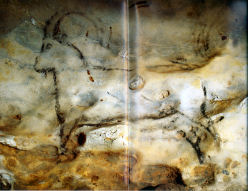
At the end of the line we came to the Great Ceiling, where we all got off the train. It contained sixty-six (!) drawings on the ceiling, despite the fact that in this area the ceiling was only about a meter from the floor. The floor had subsequently been excavated to provide standing room. Many of the drawings were magnificent. Magnesium dioxide, which was plentiful in the cave, served as the artistic material.
Roy asked what the artists had used for light and why there was no sign of smoke. Christophe said that they probably used lanterns of animal fat, which gave off little smoke, and that over the millennia the smoke had washed away.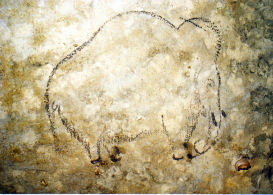
Two young men and two young women sat near us at the only other table that overlooked the river. They ordered meals and drank wine. They also smoked, but they were far enough away that the smoke did not bother us. They were the only diners on the second floor when we entered, but by the time that we left most of the tables were filled.
On the bus we learned that the canoe trip had been canceled because the water that had been released from a dam upstream elevated the water level too high. Patrick definitely seemed relieved. He told us about the time ten years earlier that he had tried to take a group on a canoe trip in this area when there was high water. The two-hour ride had lasted only sixty minutes. One canoe capsized, and three missed the landing. Patrick and the owner of the canoes had to chase the three canoes down the river. They finally managed to pull them out on the wrong side of the river several miles downstream. It was quite evident that Patrick did not intend to repeat that experience. Rick Steves expected his guides to conclude each tour with roughly the same number of participants that started the tour. Patrick proposed that, in lieu of canoeing, we could take a ride on the boats that went up and down the river from La Roque. I realized that they only covered about one-third of the distance of the canoe trip, but it seemed like the best alternative available.We had to wait around for about a half hour for our boat. I bet Tom Corcoran 1€ that Jacqueline would not know who Jackie Jensen, the outfielder for the Red Sox in the 1950's, was. I asked her, and I won. Tom did not understand that young women from the west coast probably knew a little less about the Red Sox of a half century ago than he did.
Tom did enlighten me with the interesting information that Jackie Jensen refused to fly on airplanes. It sometimes caused him to miss a game when the trains could not get him to the city fast enough. He retired after only eleven years rather than face the necessity of flying. It was quite chilly out on the water, even though we were all bundled up. The good part was that there was a fairly clever narration in English that explained the history of some of the buildings and even of the rock strata. It was narrated by a bloke with a British accent from the point of view of a man named Caminade, who once captained boats up and down the Dordogne.The canoe trip would have started upstream at Vitrac and ended in Beynac, but we got only as far as the bridge by Castelnaud before we circled back to La Roque. On the way back the actual captain of the ship pointed out a large hawk. I tried to take a photo of it, but it looked like a black speck on my best shot.
The boat ride was entertaining, and the views were exceptional. Nothing was to be gained by fretting over how much better the canoe excursion would have been.
We arrived back at the hotel at four. I took a shower and then a nap. It had been a thoroughly enjoyable day, by far the best of the tour so far.
I had never had to worry about regularity on any of my previous four trips to Europe, but something about the French food did not seem to accord with my digestive process.
Supper at the hotel started with a pastry with goat cheese and sauce. The main course was a duck leg with potatoes cooked in duck fat. Desert was an incredibly rich chocolate cake. We ordered a white wine, 2007 Bergerac something. I took a photo of the label. This was all much too rich for my taste. Although a charter member of the clean-plate club and anything but a fastidious eater, I could only finish about half of the duck and none of the potatoes. I left at least half of the cake, too. I did drink my share of the wine and a goodly quantity of water.The previous night the dining room had been uncomfortably hot at the beginning and got cooler as the evening wore on. This time the room was cold at first and then got quite warm.
Unfortunately for Tom Liddle, someone asked me how I got interested in the popes. Poor Tom had to listen to the saga of Pope Formosus’s corpse a second time. I made a determined effort to maintain at least a modicum of consistency with the version that I narrated that morning.
For the first time on the tour, a lot of people had left a lot of food on their plates. I could not comprehend why the hotel had served a meal that did not contain even a hint of fruit or vegetables. Patrick had previously warned us that in much of France vegetables were barely considered food.Roy told me that he had worked as a purchasing agent at the canning company. He voiced extreme skepticism about the authenticity of the cave drawings. He could not understand why the Cro Magnons would have gone to so much trouble (going down so deep to such an inconvenient location that no one was likely to see) to draw pictures. My understanding was that no one had a convincing explanation for this behavior. On the other hand, people, especially artists, do weird stuff all of the time. Roy also could not fathom how the smoke from the fires would dissipate completely, but the drawing remained intact. I pointed out that two totally different chemicals – magnesium and carbon – were involved, and fourteen thousand years was a long time. I also mentioned the argument that I had read in the book about the flap on the anus of the mammoth.[2]
I enjoyed this banter tremendously. On past trips I sometimes had grown tired of people endlessly singing the praises of everything that we had seen and done. It felt comforting to engage in spirited conversation with a fellow cynic.I learned that Betty had worked as a secretary at a school. Georgene was born in England, but she was obviously a dyed-in-the-wool Canucks fan.
Tom Liddle disclosed that he had suffered from a cold since before the trip started. A substantial portion of the tour group seemed to have the sniffles. Since May is a terrible month for allergies, it was difficult to pinpoint the source of each malady.
Patrick provided Tom Corcoran and me with directions to a walking path on former railroad tracks that had been paved over. Tom paid closer attention than I did. We had a semi-serious commitment to go hiking with Gigi and Roscoe on Saturday, but we had no particular destination in mind.After supper I stepped outside with Tom. It was much more pleasant than it had been during the afternoon, and the clouds seemed pretty high.
After I ascended the stairs to our room, I was astounded to find people dining at a table on the landing. I guess that I had just never noticed the tables there before. Either I had no occasion to look in that direction, or it was so dark in the hallway that I had not seen them. Or maybe I was just dense.I was able to connect to the Internet pretty well from the hotel room, but I was unable to send e-mail. I guess that I would have to try the Wi-fi hot spot on Saturday.
Sue told me that she had learned that Gigi had created film documentaries in Belgium with a super-8 movie camera.
I went to sleep at about eleven wearing my eye mask. There was a jazz concert somewhere in the hotel. The Canadians had mentioned that they planned to attend. Even with my ear plugs I could hear the music playing, but I fell right asleep anyway.
[1] Had we explored another twenty yards we would have. It was right behind the building with the flags.
[2] I learned later that layers of smoke stains and other stuff had been cleaned off of the drawings, at least in the Great Ceiling. When they were discovered, the figures were barely visible through the soot and graffiti.
